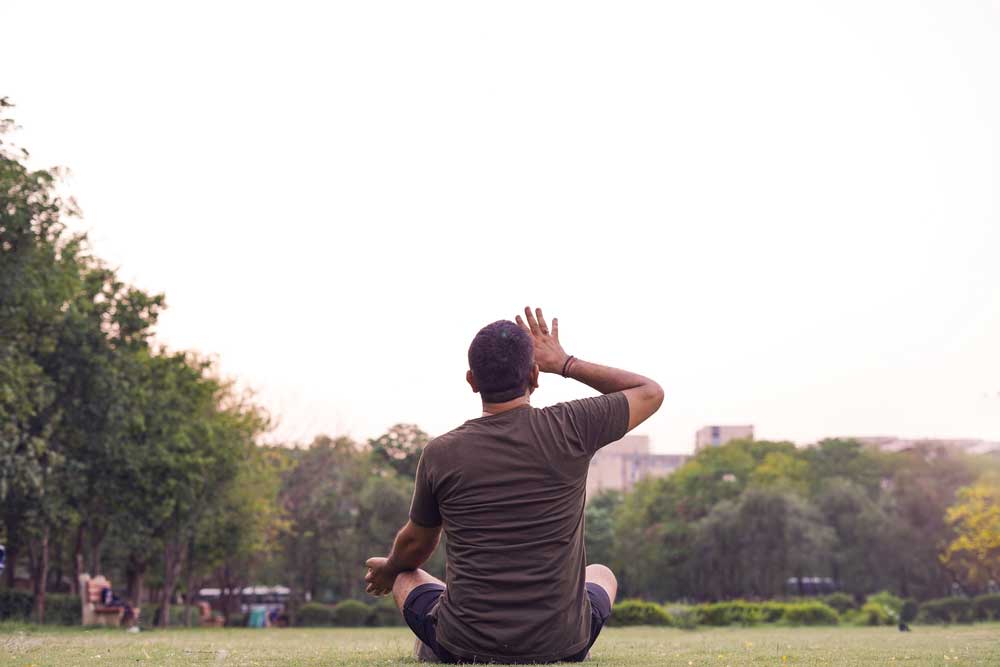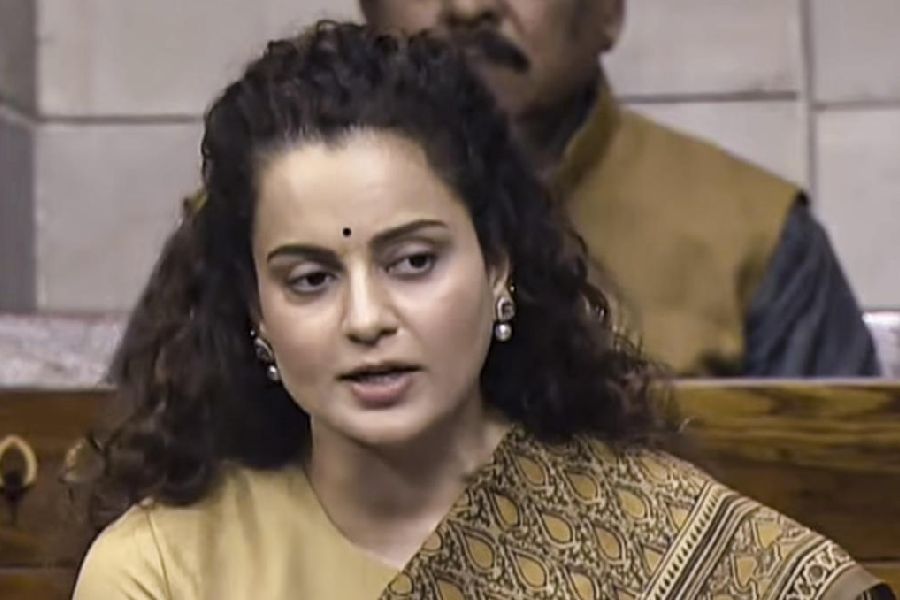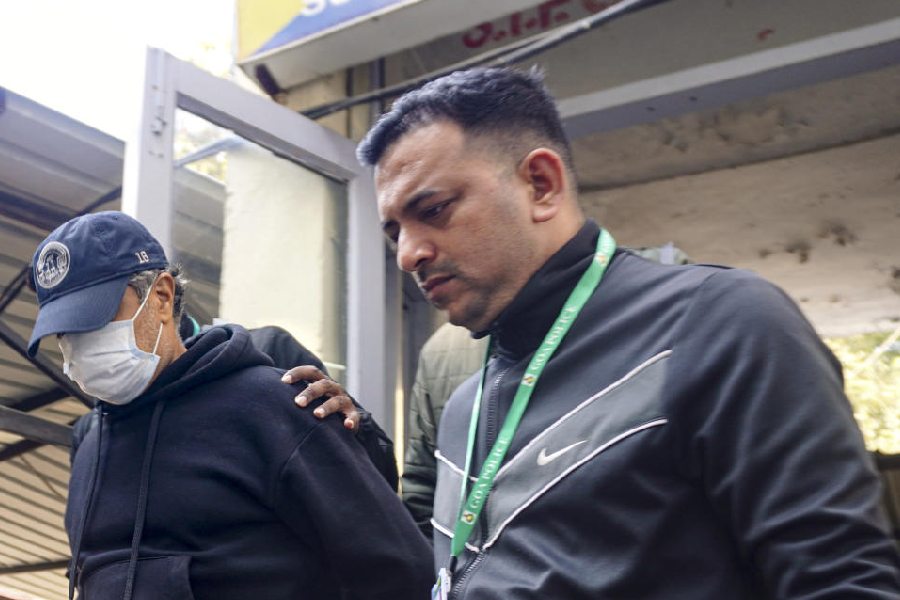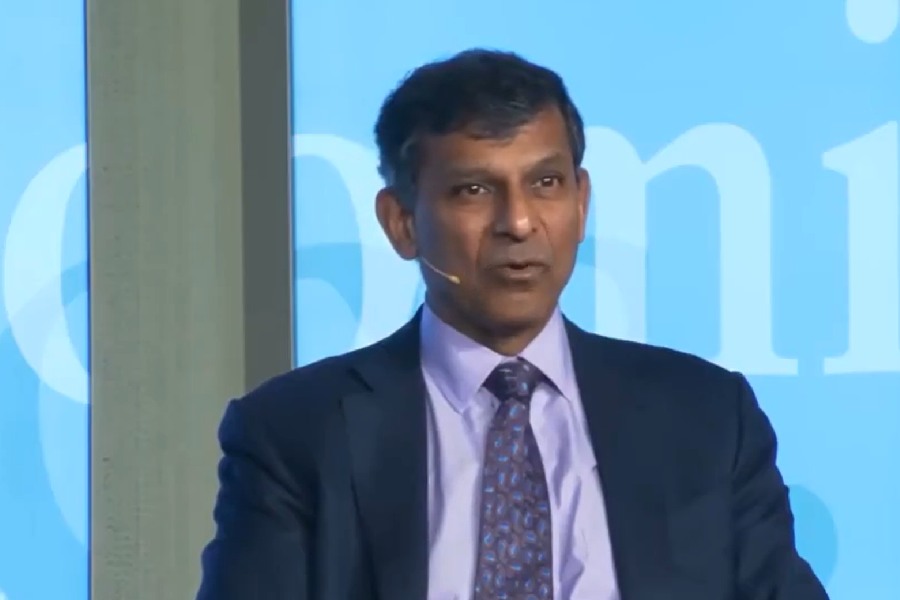Breathing or respiration is a vital sign that shows we are alive. Before technology took over, placing a piece of glass near the nose and checking if it fogs over was the deciding factor between life and death.
We take our first breath at birth and the last when we die. The rate at which we breathe varies with age, from an average of 60/minute in infants, 30/min till the age of six and 20/minute in adult life. That works out to 400 million breaths by the age of 50.
Breathing keeps us alive. During the process, air enters through the nostrils where any large foreign particles such as dust, pollen and other allergens are filtered out. From there air enters the sinuses, is warmed and then passes through the trachea (large windpipe), the two smaller bronchi, then bronchioles and finally reaches the air sacs or alveoli in the lungs. Here, air exchange takes place. The body is supplied with oxygen and carbon dioxide leaves the body. Both rapid and slow rates of respiration are inefficient and are indicators of disease.
A large muscle called the diaphragm separates the lungs from the contents of the abdomen. As we breathe air in, the diaphragm moves downwards to increase the capacity and efficiency of the lungs. As we breathe out the diaphragm moves upwards expelling the carbon dioxide-laden air efficiently.
As age increases, the entire breathing apparatus becomes less efficient and shows natural decline in function and efficiency. The muscles of the diaphragm and chest weaken, the lungs become stiff and less compliant, the bones and muscles in the ribcage move closer together, reducing the space available for breathing.
The modern lifestyle aggravates the decline of our breathing apparatus. We tend to live in polluted cities with poor air quality. Tobacco smoke damages the alveoli of the smoker and the bystander. The immature sponge-like lungs of young children are particularly likely to absorb and retain this smoke permanently, damaging them. Smoking can cause lung cancer but this affects only a few people. The majority eventually develop COPD (chronic obstructive pulmonary disease). This is a combination of chronic bronchitis and emphysema. Bronchitis presents with coughing and expectoration from the lungs, attacks secondary bacterial infection causing more lung damage with flare-ups during the winter months. The emphysema damages the alveoli, making them rupture. Large, fixed, inefficient air spaces result with poor air exchange, shortness of breath and air hunger.
Lung damage can also occur due to prolonged exposure to fine dust chemicals. Asbestos and silica (found in talcum powder) are well-known offenders. Babies easily inhale talcum powder and it is no longer recommended.
The alveoli are also damaged by bacterial and viral infections. Many of the Covid-19 deaths are due to alveolar damage and poor air exchange in the lungs.
We need to keep our lungs healthy, just like we try to keep our heart, brain and rest of the vital systems functioning efficiently.
- Avoid polluted areas. If you cannot, wear a triple-layered mask. These are now freely available due to the coronavirus outbreak.
- Do not smoke and avoid people who do.
- Avoid vaporising mosquito repellents.
- Do not use talcum powder. Microparticles will spread in the surrounding area and be breathed in.
- Keep a few plants in the house to help purify air.
- Jog, run, cycle or swim for 30 minutes a day. The exercise will increase lung capacity.
- Do pranayama or yogic breathing exercises. The forceful expiration will push out offending agents and increase the efficiency of the diaphragm.
- Take steam inhalation twice a day.










